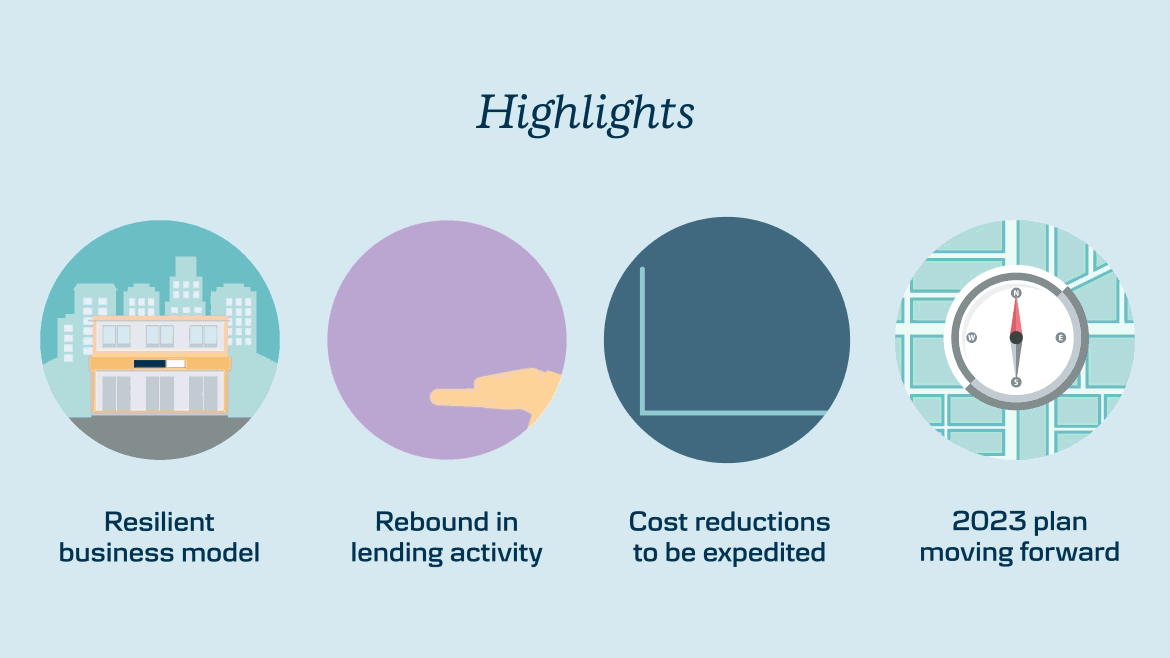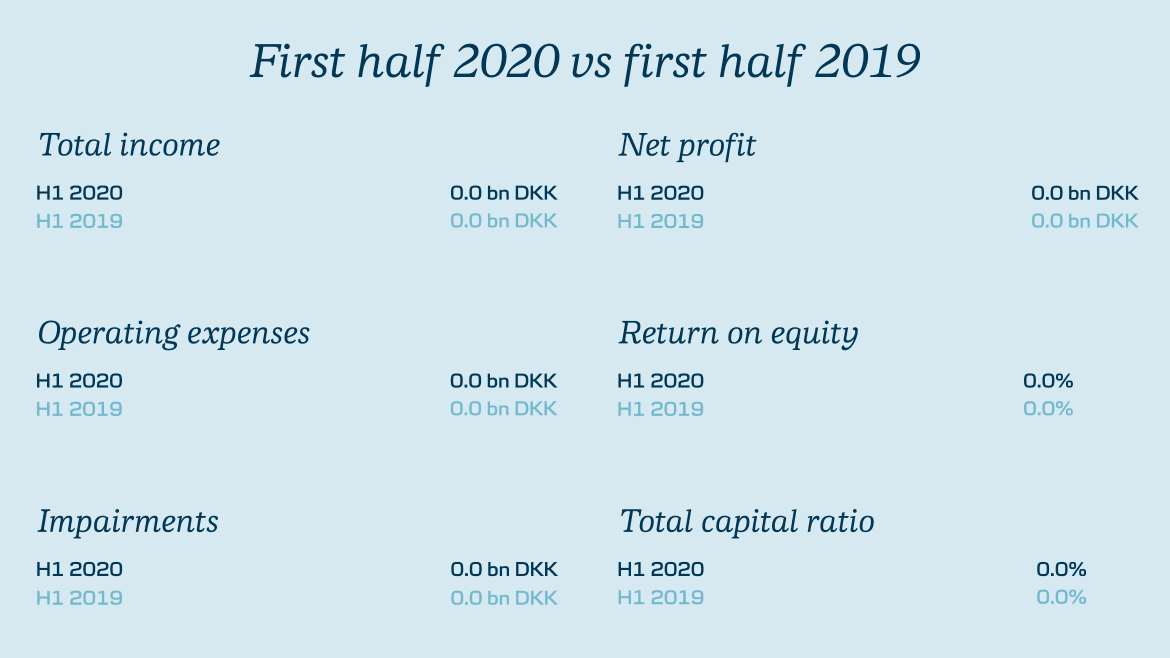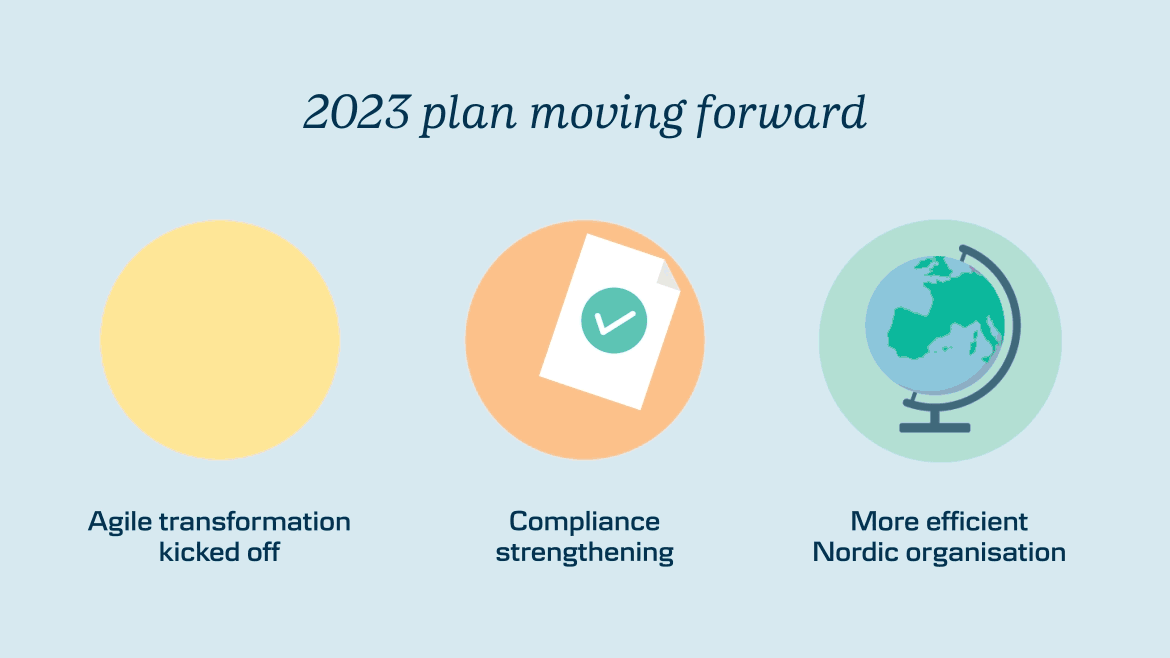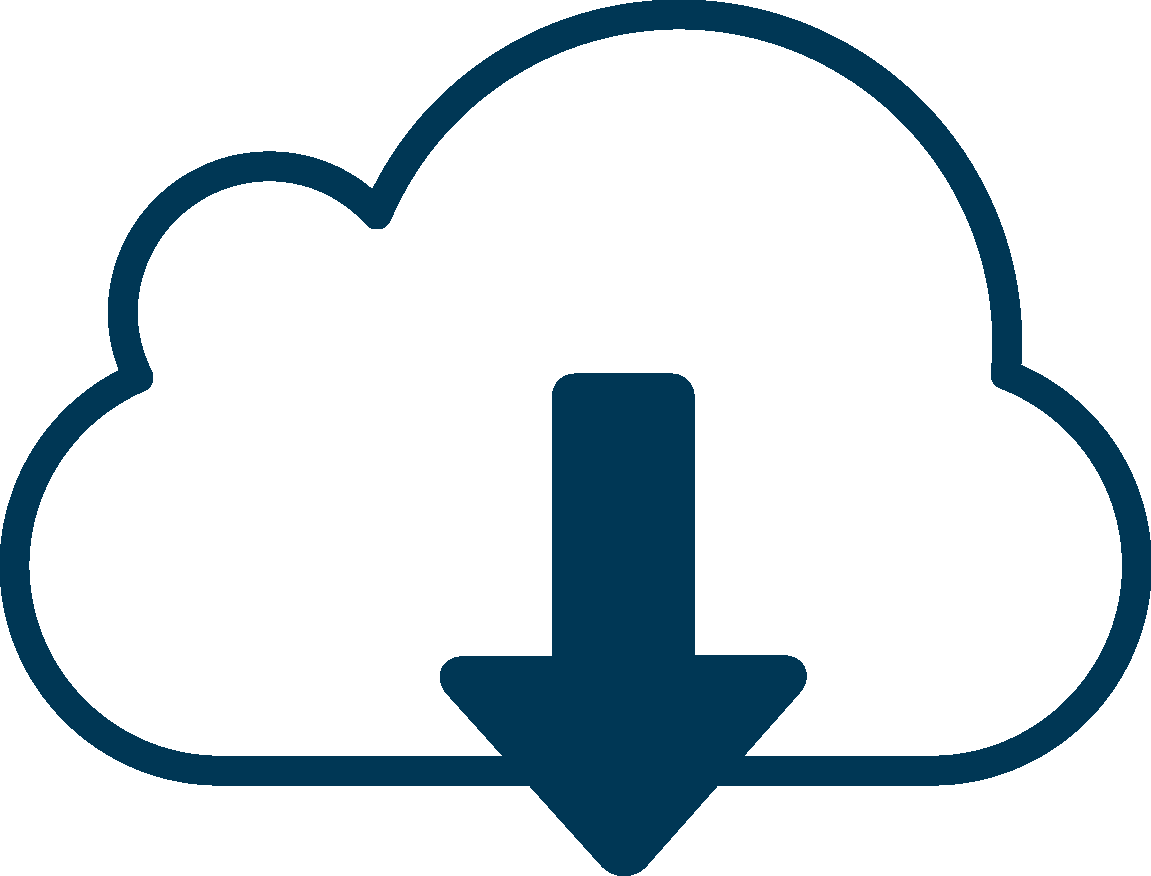


In the second quarter of 2020, we saw a rebound in lending activity, which had a positive impact on net interest income. Furthermore, a normalisation of the financial markets led to a recovery in net trading income. Impairments were significantly lower than in the first quarter, and we expect to have booked most of the impairments needed for the full year. Expenses increased, due mainly to transformation costs and costs related to the continued strengthening and remediation of our compliance setup. However, we are seeing the first effects of our focus on bringing down underlying costs, and this remains a priority. To ensure adequate progress, we will take additional cost reduction measures, which unfortunately will have to include further staff reductions.
Chris Vogelzang
We continued to make progress on our 2023 plan to become a better bank. We took important steps towards working in a fundamentally different and more agile way in key areas, optimising our customer journeys and industrialising our IT landscape. We also further streamlined our organisation and product portfolio across Banking Nordic. Our improvements in the compliance area are progressing well. In the quarters to come, we will continue to deliver across the initiatives that will help us become an even better bank for all our stakeholders.Chief Executive Officer, Danske Bank

“The high degree of macroeconomic uncertainty led to an increase in requests for liquidity facilities from commercial customers and in the number of retail customers seeking advice. This led to increased lending to corporate customers, some of which, however, is expected to be of a transitory character. So far, we have helped more than 9 of 10 customers in need, and we will continue to offer a range of supportive measures to our customers to help them navigate the transition when the government support programmes are phased out,” says Chris Vogelzang.
Rebound in lending activity
We saw an increase in lending, driven primarily by large corporates and good customer activity in Banking Nordic, and, all in all, there was a stable development in our underlying business. Although our business model proved resilient, we are still operating in a challenging environment, and our performance remains under pressure.
Stephan EngelsCFO, Danske Bank
Cost reductions to be expedited
“Costs continue to be a priority to ensure that we can remain competitive in a highly competitive, low-margin market. Underlying costs are still too high, and given the increased macroeconomic uncertainty and the challenges this creates for our ability to drive top-line income, we have to focus even more on bringing costs down. To ensure adequate progress, we will therefore expedite our efforts in this area, which unfortunately will also have to include additional structural staff reductions across the Group towards the end of 2020 as well as during 2021,” says Stephan Engels.
Developments in business units
-
Banking DK posted a profit before tax of DKK 2.0 billion, a decrease of 36% from the first half of 2019. The result reflects a combination of increased loan impairment charges on the back of the coronavirus pandemic, continued margin pressure, and increasing costs for compliance and financial crime prevention. Despite margin pressure, income ended almost on par with income in the first half of 2019 due to strong retail customer remortgaging activity and higher investment fee income from private wealth management at the beginning of the year.
-
In the first half of 2020, Banking Nordic posted a profit before tax of DKK 1.1 billion, a decline of 54% from the first half of 2019. This was due to the significant increase in loan impairments of DKK 1.2 billion that resulted from the corona crisis. Profit before loan impairment charges decreased 2% from the level in the first half of 2019. The decrease was the result of increased costs for compliance and transformation. The underlying business costs declined, not least due to restructuring programmes at the beginning of the year.
-
After a difficult first quarter of 2020, income at Corporates & Institutions increased significantly in the second quarter following high customer activity and a recovery in net trading income as financial markets normalised. Total income was up 11% year on year. Profit before tax was, however, negative in the first half of 2020 as a result of high loan impairment charges. Operating expenses increased due to costs for regulatory and compliance-related activities.
-
Profit before tax at Wealth Management amounted to DKK 1 billion, a decrease of 53% from the level in the first half of 2019 that was due to the year-earlier figure benefiting from the DKK 1.3 billion gain from the sale of Danica Pension Sweden. Excluding this gain, profit before tax was up 17%. This was due mainly to the decrease in operating expenses caused by the integration of SEB Pension as well as the compensation payable to certain Flexinvest Fri customers in 2019. Net fee and net trading income rebounded during the second quarter, driven mainly by a better investment result in the health and accident business as well as by improved fee income in Danica Pension.
-
At Danske Bank Northern Ireland, profit before tax amounted to DKK 76 million in the first half of 2020, a decrease of 82%. This was driven by provisions for potential future loan losses made as a result of the corona crisis. Profit before loan impairment charges also fell from the level in the same period last year, reflecting sharply reduced UK interest rates and low activity levels.

“We kicked off our agile transformation project in June with 750 employees taking on new roles in the organisation, marking the first step towards radically changing how we work. In total, more than 4,000 employees will be part of this around the end of this year. We have also launched a new setup for a more harmonised Nordic organisation with more collaboration and accelerated digitalisation across the markets, more efficient processes and ultimately more time with the customers for our advisers. In short, a faster, more competitive and scalable bank. Furthermore, we will continue strengthening our AML and our fight against financial crime. We are confident that these efforts will enable us to reach our ambitions,” says Chris Vogelzang.
Outlook for 2020
The outlook is subject to uncertainty and depends on economic conditions, including developments in monetary policy at central banks.
A net profit of at least DKK 3 billion represents our best estimate based on a timely assessment of the current situation and the likely impact on our business for the rest of the year.
Stephan Engels

Dive into more details in the report
Contact
Stefan Singh Kailay, Head of Press Relations, tel. +45 45 14 14 00

Follow the investor and analyst call
Related news
.png?h=70&iar=0&w=70&rev=c7972b934bdc4f53bd1d322e4bc5984c&hash=06CE2A1C9366967C0E72E2133E5B2305)

